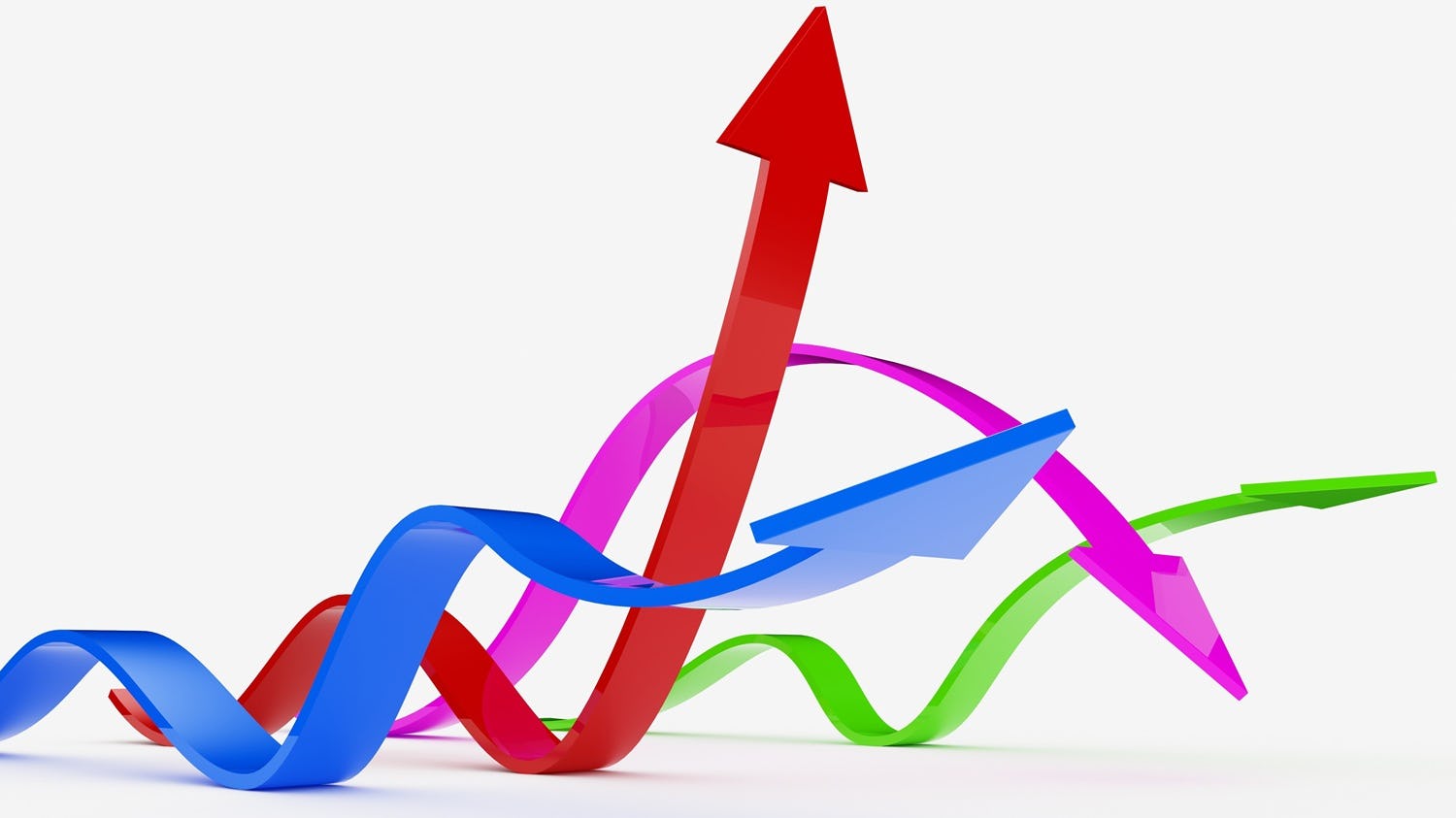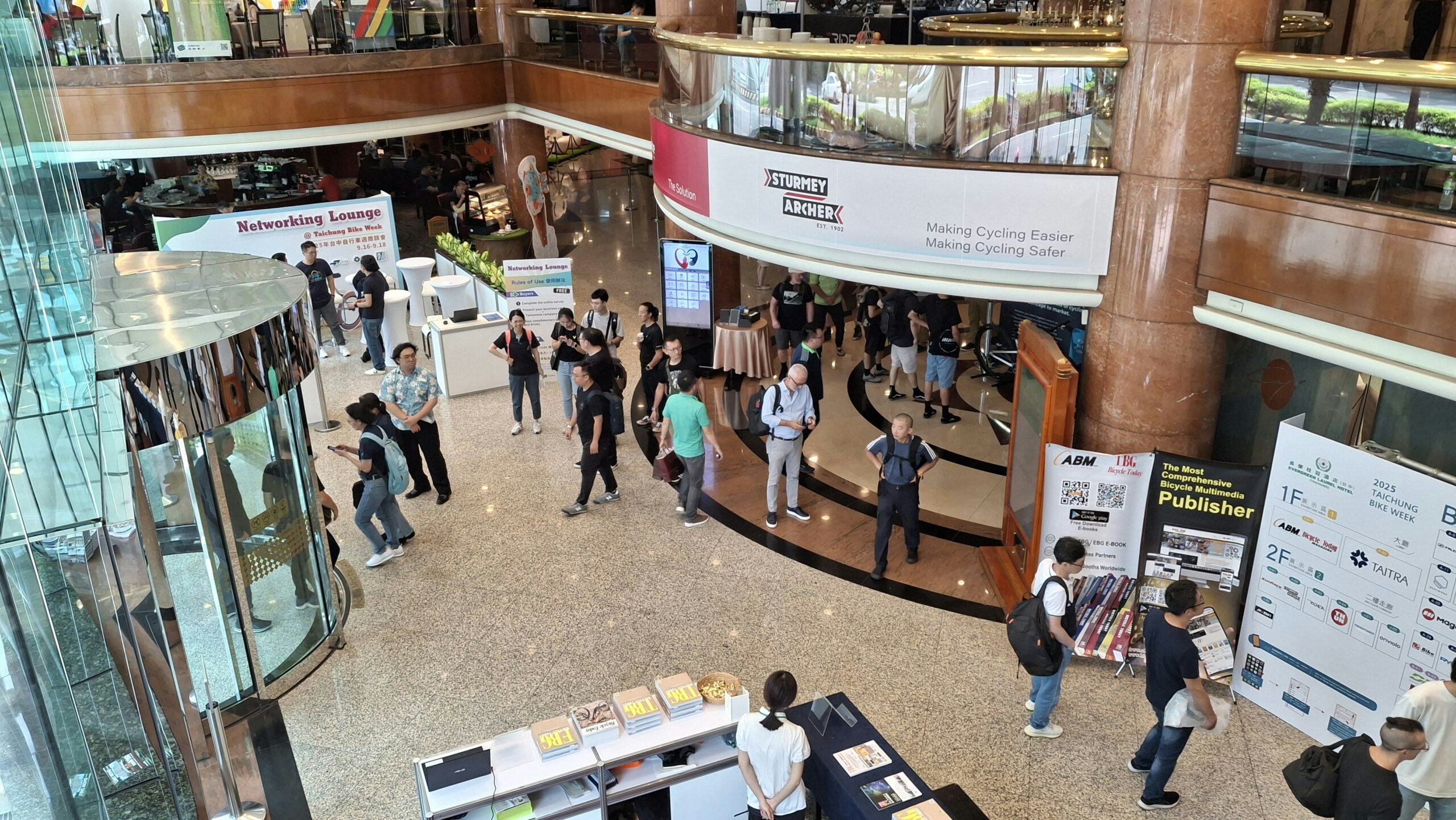The assessment of the industry situation appears to be increasingly negative. The GBPI survey was conducted for the second time, following the launch of the index at Eurobike 2025. In June, the index still stood at 101.6, but by early November, it had slid to 98.8. A reading above 100 signifies sectoral expansion, while below 100 indicates contraction, offering a clear snapshot of business trends.
Business mood has turned since June
The results show that business mood has changed significantly in the past months. The current situation in the industry was assessed as bad or very bad by 66% of the participants in the survey, worsening from 49% last June. While 50% of the respondents said the market situation this quarter would stay the same compared with last year, no less than 29% expect the situation will be less positive.
The sharpest indication of the market contraction is the new incoming order level. In June, 46% of the respondents reported an increase in the level of new orders, but this has now dropped to 31%. At the same time, 21% report an increase in inventory levels (up from 16% in June). These indicators confirm the business mood at Taichung Bike Week, only two months ago. Product managers saw no purpose in coming over to Taiwan, or their trip was cancelled for budget reasons. Exhibitors told Bike Europe that lining up meetings before the event had been difficult. Many visitors weren’t buying into hopes of a 2026 market rebound either.
Leading companies’ third quarter results clearly reflected the market slump. Fox Factory announced their Q3 results year-on-year declined by 11.2%. According to Fox Factory, this is a “reflection of the inventory normalisation among OEMs, distributors and dealers.” This was also confirmed by Shimano, which stated that market inventories maintained appropriate levels in the North American market.
In Europe, the situation is different for Shimano, where the component manufacturer still reports relatively high inventory levels while retail sales of completed bicycles in Q3 were bolstered by stable weather conditions.
Purchasing levels vary in the supply chain
An analysis of purchasing patterns among bicycle assemblers, parts and components manufacturers, and distributors reveals interesting insights. Both the assemblers and parts and components manufacturers have decreased their order levels significantly. OEMs are ordering less overall, with 45% indicating a decline in orders compared to 28% in June.
The ordering level of raw materials and semi-finished products at component manufacturers also decreased. No fewer than 34% reported lower order levels, a 15 percentage point decrease compared to June. At that time, 21% of respondents indicated they had ordered less in the previous quarter compared to the same period last year.
This shift in ordering levels is a clear sign of further market contraction. While the study last June still revealed that the inventory crisis came closer to an end, the decline in order levels reported this November shows the sales forecasts for 2026 are lower than previously expected.
Contrary to this, distributors still perceive the short-term market development as positive, as 29% increased their order level, versus 21% last June. This could be due to their different position in the supply chain.
Company closures in the US
The bicycle industry was hit hard by the tariffs implemented by United States President Donald Trump’s administration. Two leading supplying countries, Taiwan and Vietnam, are in the highest brackets of tariffs. Within a few months after the implementation of the tariffs, company closures were announced by multiple small and large US-based assemblers, like Kent Cycles. Rad Power reported a challenging financial situation and will need a cash injection in the short term. Only Guardian Bikes seems to benefit from the new tariff regime.
Like other sectors in the economy, uncertainty about future developments has had the biggest impact on the bicycle industry. For more than 75% of the respondents in the GBPI study, uncertainty is the main disruptor. For 72%, the tariffs put the margin under pressure, which results in tougher price negotiations in the supply chain. Remarkably, the overall impact on the companies is limited, as 72% of the companies noted a slight or hardly any impact of the duties in general.
Market shifts to low end
Another worry for future market development is the decline in demand, as noted by 57% of the industry. The inflationary impact of the tariffs will also lead to a higher demand for budget bikes, said 39%, while 33% expect it will also push the shift from retail sales to online shopping.
The transformation of the US foreign trade policy had a notable impact on the visitor numbers and ordering levels at Taichung Bike Week. American product managers were most notably absent. For 81% of respondents, trade restrictions are the main driver in seeking other sourcing destinations. ,If tariffs remain, the long-term impact on existing supply chains will be substantial, but that’s also one of the uncertainties in the market. For now, the consequences for production in Taiwan and Vietnam are substantial and require considerable creativity to continue doing business.
Global Bicycle Purchasing Index explained
The GBPI consists of an index that summarises whether market conditions, as viewed by product and procurement managers, are expanding, staying the same, or contracting. The purpose of the GBPI is to provide information about current and future business conditions to company decision-makers, analysts and investors. The index is based on a survey among industry peers in e-bike and bicycle assemblers, parts and component manufacturers and distributors, which identifies changes for the following business activities:
- Current situation in the industry
- Short-term expectations of the industry
- Situation of the own company
- New incoming order level
- Lead times of suppliers
- Inventory level
- Timelines of supplier deliveries
- Own purchasing levels
Each survey has a focus topic, based on the recent market developments or disrupters. Similar indices are common among many sectors worldwide, except the bicycle industry. Since the GBPI was only introduced last June by Eurobike, market researcher IFH Cologne and Bike Europe, the index is still in its early stage. Yet it has the potential to become a leading indicator, as it may foretell broader economic shifts, helping industry stakeholders to anticipate future trends. The GBPI incorporates various business aspects like new orders, production, and lead times, offering a comprehensive view of sector performance.
Interested in reading the full publication of the Global Bicycle Purchasing Index, which was introduced at Eurobike 2025? You can download it here.












